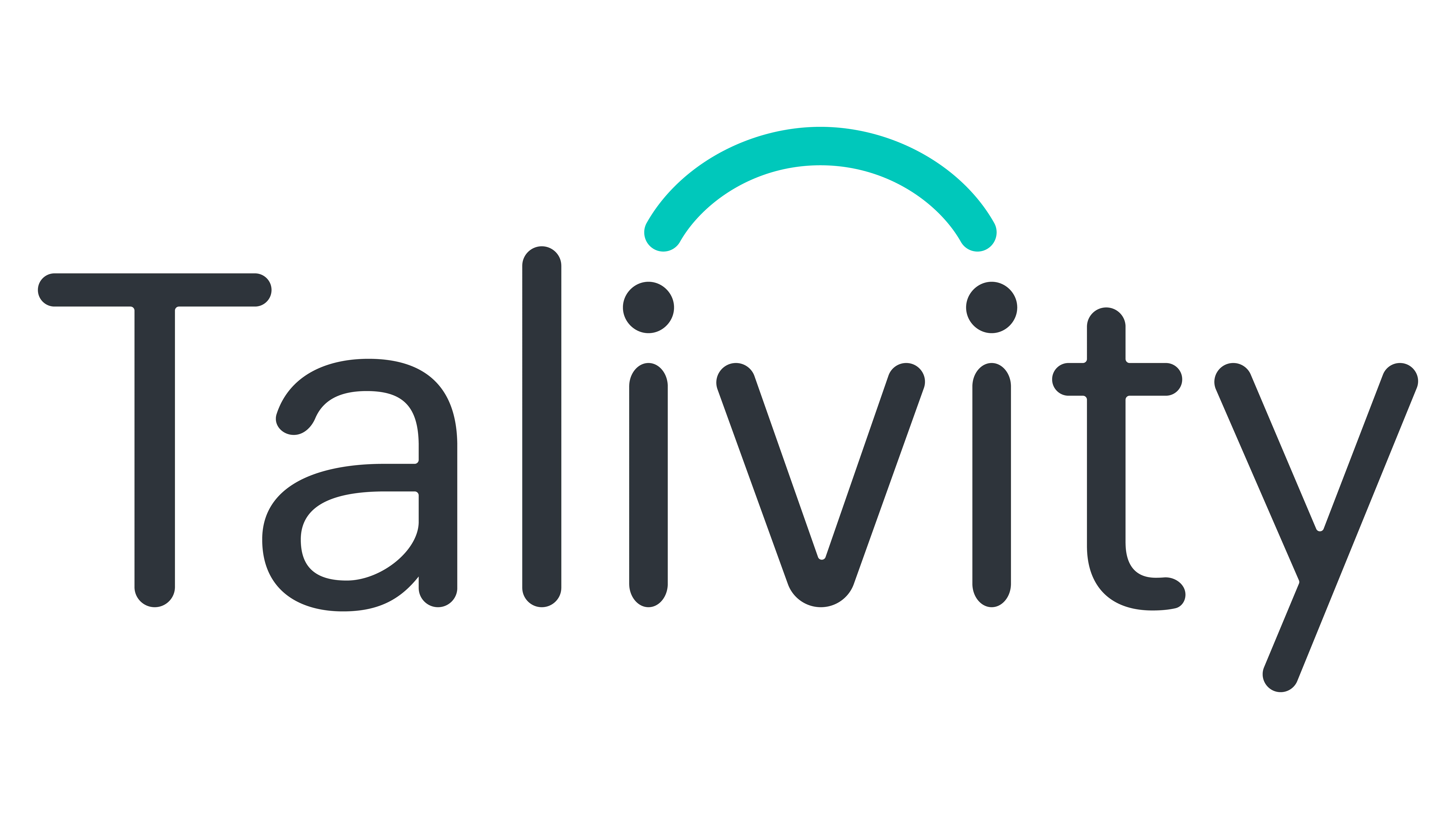
Find the right solution for your business.
Explore SolutionsIt’s common sense that companies need to stay competitive, regardless of industry.
How they do it is far more complex.
Blending internal and external talent—especially in tech—is a strategy gaining considerable traction to stay competitive. The benefits are smart and effective, from saving money to leveraging the skillsets of a broader talent pool. The project-based hiring approach allows companies to benefit from the strengths of internal employees and outsourced talent, often proving to be a dynamic combination that fuels success.
Cost Efficiency
Outsourcing specific tech needs can be a cost-effective solution for companies. Maintaining a sizeable in-house tech team is expensive, with costs including salaries, benefits, training, and more. With project-based hiring, companies can significantly reduce certain project or task expenses. External tech talent often comes with a lower overhead cost since businesses are not responsible for their long-term employment benefits.
Flexibility
The flexibility of project-based hiring allows companies to scale their tech workforce up or down based on current project demands. This scalability is particularly beneficial for startups and smaller companies that may not have the financial stability to maintain a large, full-time tech team — but need the skillsets to grow and achieve success. Hiring external experts on a project-by-project basis allows them to access high-quality talent without the financial burden of permanent employment.
Leveraging Different Strengths
The success of a hybrid tech team hinges on effectively leveraging the strengths of both internal and external talent. Internal teams provide continuity, a deep understanding of the company’s culture and long-term strategic goals, and the ability to maintain and manage core systems. These teams are integral to preserving the company’s technological integrity and ensuring alignment with the vision.
External talent, on the other hand, brings in specialized skills and depth of experience from different industries and projects. This diversity of thought can spur innovation and introduce new methodologies that internal teams might not have considered. By combining these strengths, companies can create a versatile and resilient tech workforce.
The Gig Economy and Tech Talent
The rise of the gig economy has helped to facilitate the merging of tech talent. Platforms like hackajob and hackajob on-demand now exist, making it easier than ever for companies to connect with skilled tech professionals. These platforms offer access to a global pool of freelancers specializing in various fields, such as software development, data analysis, cybersecurity, and more. For AI candidates, the No. 1 driver for a new job is the role itself, followed by gaining rich experience and skills, as revealed by current research.
With hackajob on-demand, you can clearly identify tech talent interested in short-term engagements. Sixty percent of candidates are open to the right contractor position, with some markets today being dominated by outsourcing and contingent labor.
Freelancers and contractors on these platforms bring specialized skills and fresh perspectives to projects, often delivering innovative solutions that might not emerge from an in-house team. These professionals are accustomed to working on short-term, high-intensity projects, making them ideal for companies needing to complete specific tasks within tight deadlines.
Challenges and Solutions
While the hybrid model offers numerous benefits, it also presents challenges. Communication and coordination can become complex when integrating external talent. Regular meetings and clear communication channels are essential to ensure that internal and external teams are aligned and working towards common goals.
Maintaining a consistent company culture can also be challenging with a mix of internal and external workers. Companies need to ensure that external collaborators are well-integrated into the team and understand the company’s values and objectives. This can be achieved through solid onboarding processes and fostering an inclusive environment where all team members feel valued and part of the project.
Future Trends
As the tech industry continues to evolve, the trend of mixing internal and external talent will only grow. Advancements in remote work technology and collaboration tools will help ease the integration of external talent, making it a more seamless and efficient process. Also, increasing specialization within the tech industry will drive companies to seek external experts who can provide the niche skills required for cutting-edge projects.
Permanent hiring will remain the major cohort in organizations for a plethora of reasons, and while the gig economy has been touted as having exponential growth for some time, it has not quite materialized to the level many expected.
With macroeconomic pressure and increasingly specialized and in-demand tech skills conflating, we’re witnessing a notable shift in demand for fixed-term tech specialists.

